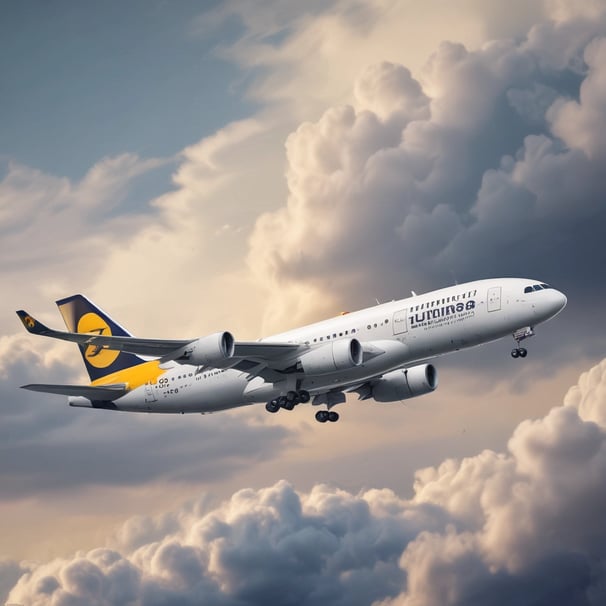Lufthansa Flight Flies Pilotless for 10 Wild Minutes with 200 Onboard Passengers
TRENDING


A Routine Flight Turns Terrifying
Imagine boarding a flight, settling into your seat, and trusting the pilots to guide you safely to your destination. Now picture this: for 10 agonizing minutes, no one is in control of the plane. That’s exactly what happened on February 17, 2024, aboard a Lufthansa Airbus A321 carrying 199 passengers and six crew members from Frankfurt to Seville. This jaw-dropping incident, recently blowing up on social media, has left the world stunned—and for good reason.
The Shocking Sequence of Events
The flight started like any other, cruising smoothly at altitude. But mid-flight, disaster struck. The co-pilot, alone in the cockpit while the captain took a brief restroom break, suddenly fainted. In a scene straight out of a Hollywood thriller, the unconscious co-pilot slumped over, inadvertently nudging the controls. Meanwhile, the plane’s autopilot—a silent hero—kept the aircraft stable, preventing an immediate catastrophe.
The captain, unaware of the crisis, returned to the cockpit and entered the standard door code. It failed. Locked out, he resorted to the emergency code, but time was ticking. Inside, the co-pilot, battling illness, miraculously regained enough awareness to open the door just before the emergency code kicked in. For 10 minutes, 200 lives hung in the balance, with no human at the helm.
Why This Story Is Exploding Now
Though the incident occurred over a year ago, it’s gone viral in May 2025, thanks to electrifying posts on X. Headlines like “Airborne Panic Attack” and “Pilotless Plane Soars” have flooded timelines, shared by influencers and everyday users alike. The story’s raw tension—locked doors, a fainting pilot, and reliance on autopilot—taps into primal fears about flying and our trust in technology. In an era obsessed with automation, from self-driving cars to AI, this real-life drama feels like a wake-up call.
The Bigger Picture: Safety in the Skies
This incident raises chilling questions. How could a secure cockpit door, designed to protect against hijackings, nearly trap a captain out of his own flight deck? What if the autopilot hadn’t held steady? According to the Spanish accident investigation authority CIAIAC, cited by German news agency dpa, the event exposed vulnerabilities in aviation protocols. While Lufthansa has stayed tight-lipped, the viral buzz is forcing a reckoning about pilot health, cockpit access, and the role of automation in keeping us safe.
A Viral Tale of Survival
The Lufthansa flight’s brush with disaster is more than a viral story—it’s a testament to human resilience and technological ingenuity. The co-pilot’s fleeting moment of clarity, the captain’s quick thinking, and the autopilot’s unwavering precision averted tragedy. Yet, the incident’s resurgence on platforms like X reminds us how fragile our trust in air travel can be. Next time you board a plane, you might wonder: who’s really in control?